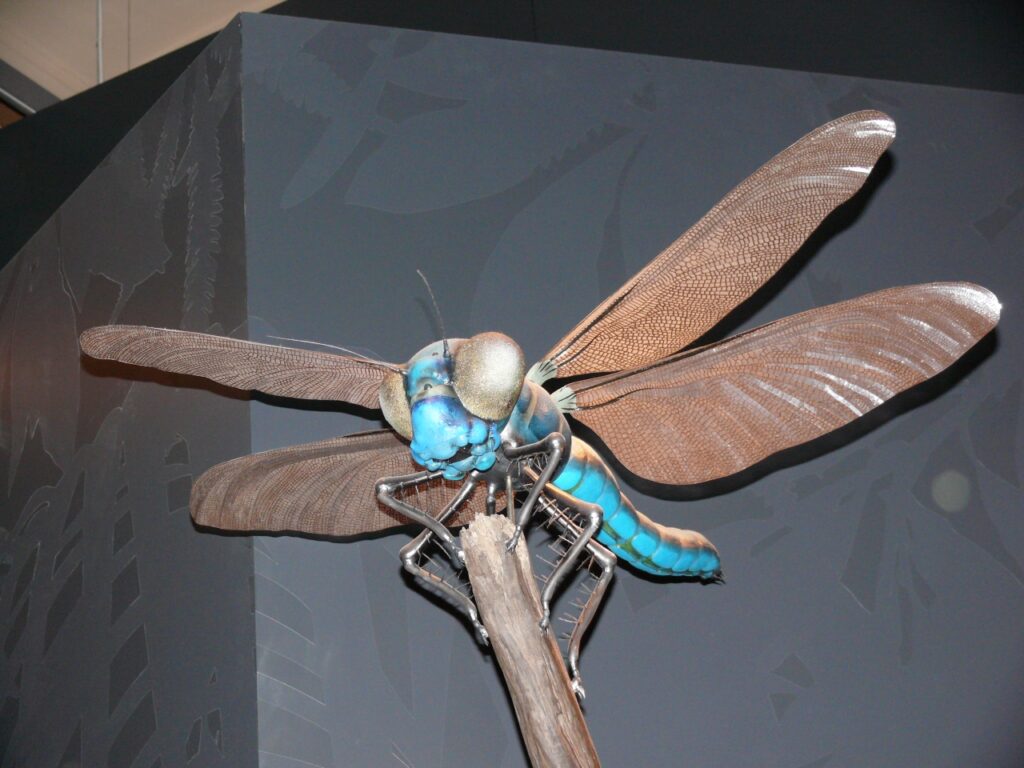Imagine walking through a forest where dragonflies the size of hawks soar overhead, their massive wings casting shadows as they hunt. This isn’t science fiction – it was reality on Earth roughly 300 million years ago. These prehistoric giants hold extraordinary secrets about our planet’s vanished atmosphere, revealing a world where breathing was easier and life grew larger than anything we see today.
Today’s modern dragonfly, impressive as it may seem with its iridescent wings and agile flight, would have looked like a tiny toy next to its ancient relatives. The story these fossilized giants tell us reaches far beyond their impressive size – they’re living proof of how dramatically Earth’s atmosphere has changed throughout history.
The Carboniferous Giants: When Dragonflies Ruled the Skies
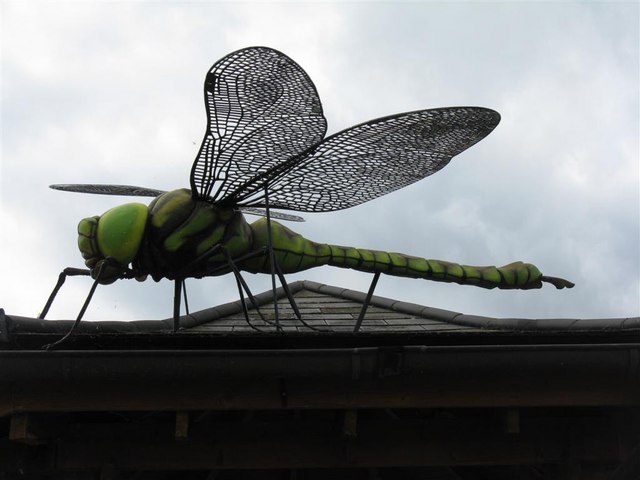
During the late Carboniferous period, around 300 million years ago, predatory dragonflies the size of modern seagulls ruled the air, with the largest species like Meganeura monyi achieving wingspans of up to 70 centimeters. These weren’t technically true dragonflies – scientists now call them griffinflies or meganisopterans, part of an extinct order that’s informally known as giant dragonflies, though this term can be misleading since they lack certain distinctive wing features that characterize true dragonflies.
These aerial predators were fierce hunters that would have eaten other insects, using spines on their legs to trap and capture their prey, along with large, sharp mandibles for slicing and chewing, and they probably weighed 100–150 grammes – about the same weight as a large apple. The sheer scale of these creatures seems almost impossible when you consider that today’s largest insects, like the Goliath beetle, max out at just a few inches in length. The maximum size of insects today is controlled by the efficiency of their tube network in delivering sufficient oxygen to the tissues that need it, with the Goliath beetle being the current record-holder as “biggest bug” at up to 4.5 inches (11 cm) long.
The Oxygen Connection: Earth’s Ancient Breathing Apparatus
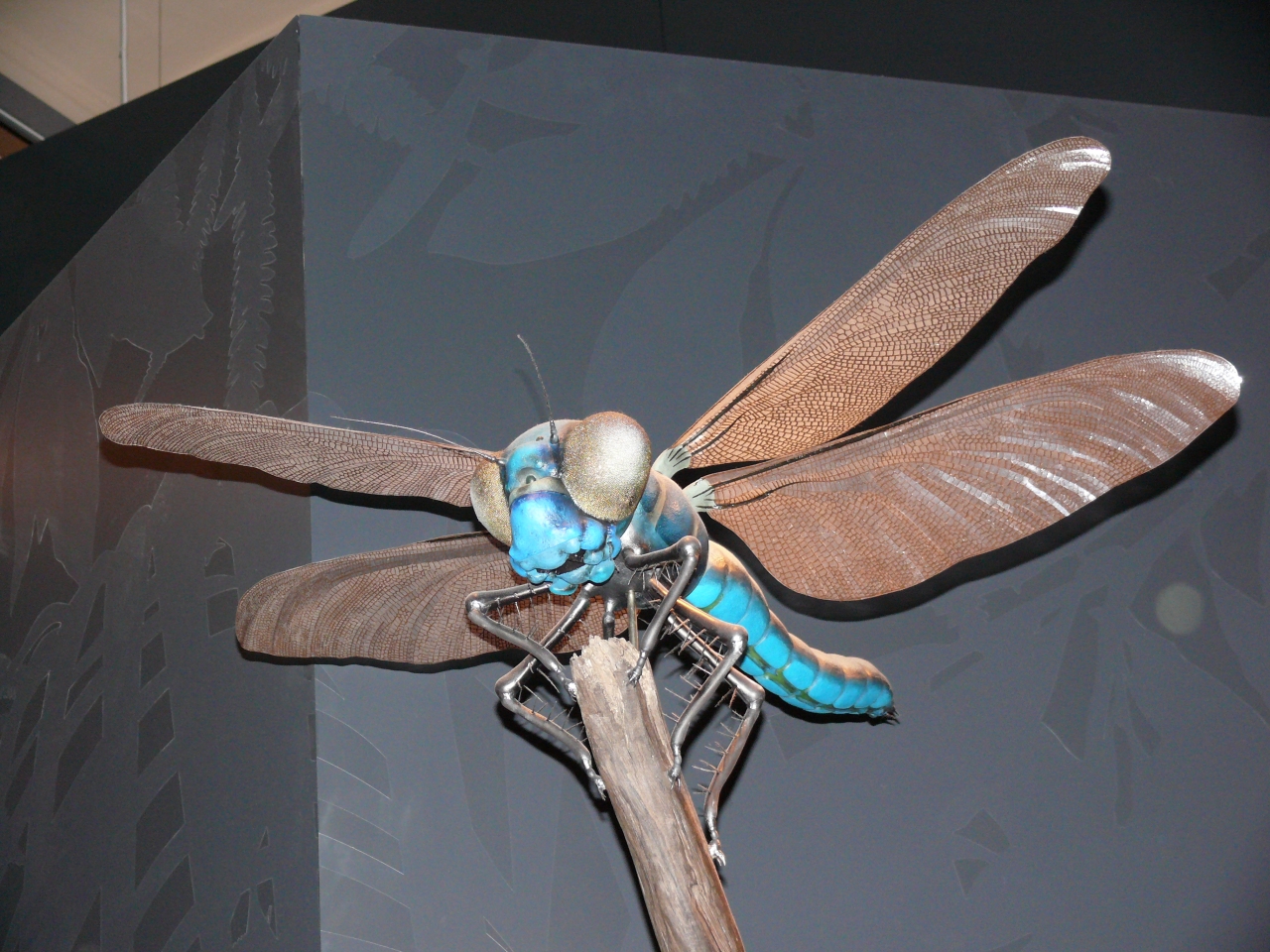
The secret to these giants lay in Earth’s atmosphere, which during the Carboniferous era contained 31-35% oxygen compared to just 21% oxygen in today’s air, with oxygen making up about 20 percent of the atmosphere around 350 million years ago and rising to as much as 35 percent over the next 50 million years. This wasn’t just a small increase – it represented a massive shift in the very air that creatures breathed.
Unlike mammals, insects don’t have lungs; instead, they have a series of openings called ‘spiracles’ all along their bodies that carry oxygen to the organs that need it. Insects don’t have lungs but instead have a network of branching tubes that runs throughout their body, and through which air circulates, with the maximum size of insects today controlled by the efficiency of this tube network in delivering sufficient oxygen to the tissues that need it. In an oxygen-rich environment, these simple breathing systems became remarkably effective, allowing insects to grow to unprecedented sizes.
Modern Laboratory Experiments: Recreating Ancient Atmospheres
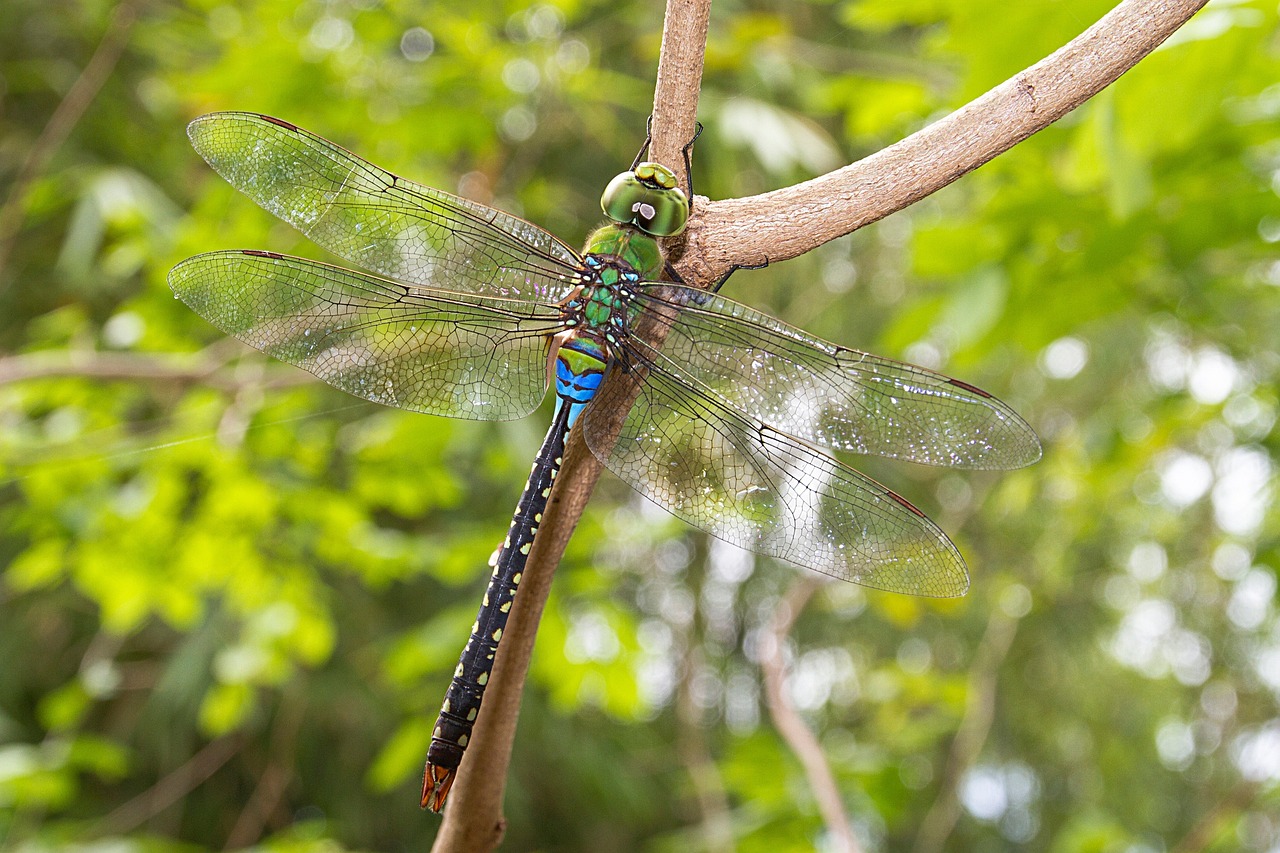
Researchers from Arizona State University have carried out an investigation to find out what happens if dragonflies are raised in special chambers with high levels of oxygen, similar to those of the Carboniferous, and the team were able to raise dragonflies 15% larger than normal in these chambers. Scientists began rearing insects in three different environments, imitating various oxygen concentrations throughout time: a 12 percent oxygen atmosphere, Earth’s estimated lowest level; today’s 21 percent; and the oxygen-saturated 31 percent of the Carboniferous period, with dragonflies responding to high oxygen levels by swelling to 15 percent larger than those reared in normal oxygen levels, while in low oxygen, the dragonflies ended up 20 percent smaller than today’s typical size.
The results were striking: dragonflies grew faster into bigger adults in hyperoxia, while cockroaches grew slower and did not become larger adults, with ten out of twelve kinds of insects studied decreasing in size in lower oxygen atmospheres, though there were varied responses when they were placed into an enriched oxygen atmosphere. These experiments provide compelling evidence that atmospheric oxygen levels directly influence insect size, validating theories about ancient gigantism.
The Coal Forest Connection: How Plants Changed Everything
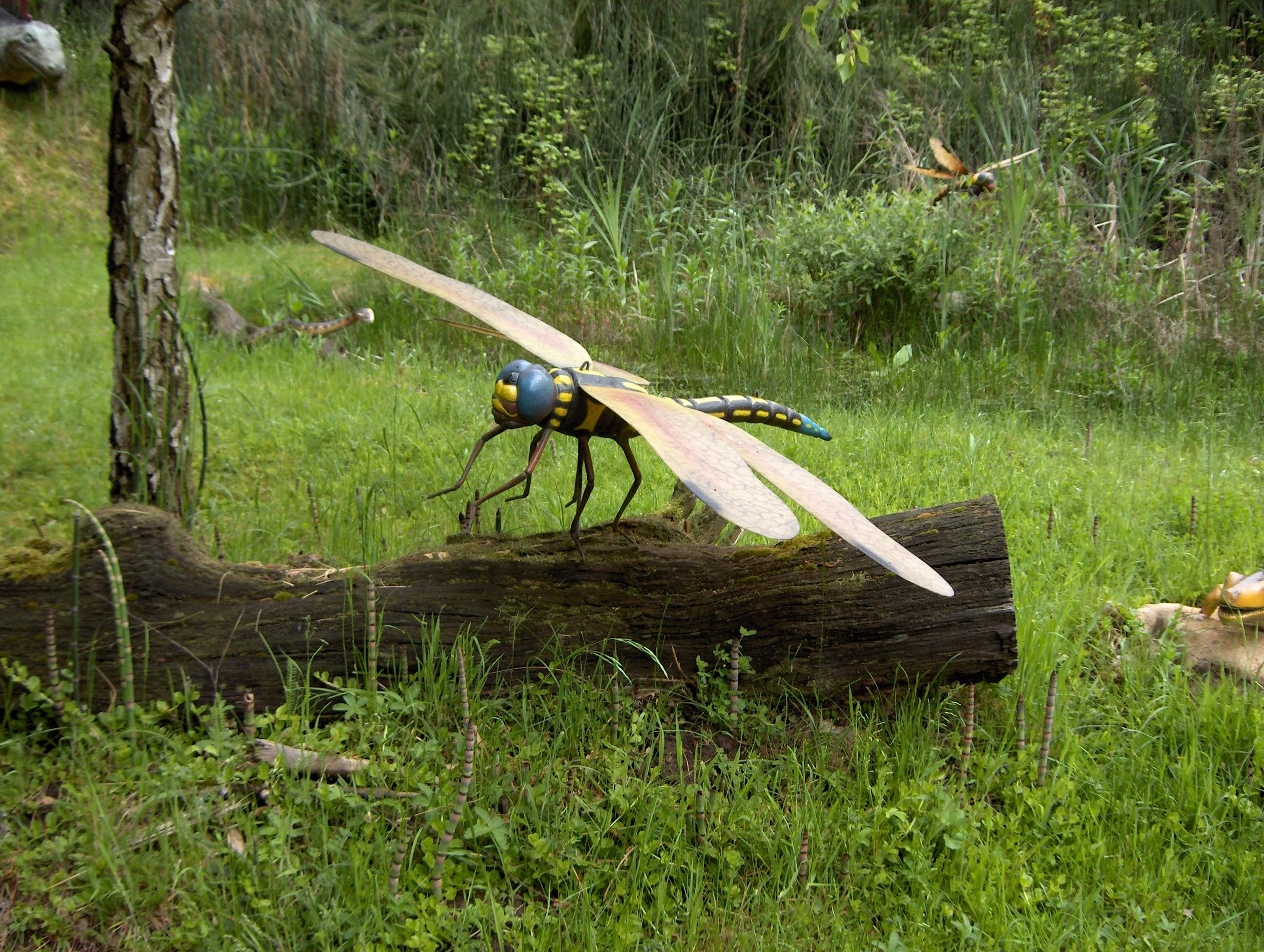
The Carboniferous period gets its name from the vast coal deposits formed by bark-bearing trees that grew in lowland swamp forests, including giant club mosses, tree ferns, great horsetails, and towering trees with strap-shaped leaves, with the growth of these forests removing huge amounts of carbon dioxide from the atmosphere, leading to a surplus of oxygen that peaked around 35 percent, compared with 21 percent today.
During the Carboniferous, many or perhaps all of the bacteria that decompose wood were not yet present, so trees would fall and not decompose, eventually being covered by sediment with the unrotted trees burying reduced carbon in the process, and with all of these trees producing oxygen through photosynthesis and very little of this new oxygen being used to decompose the rapidly growing and falling forests, oxygen levels began to rise. This created a feedback loop where more plant growth led to more carbon burial, which led to even higher oxygen levels.
The Double-Edged Sword: Oxygen’s Toxic Side
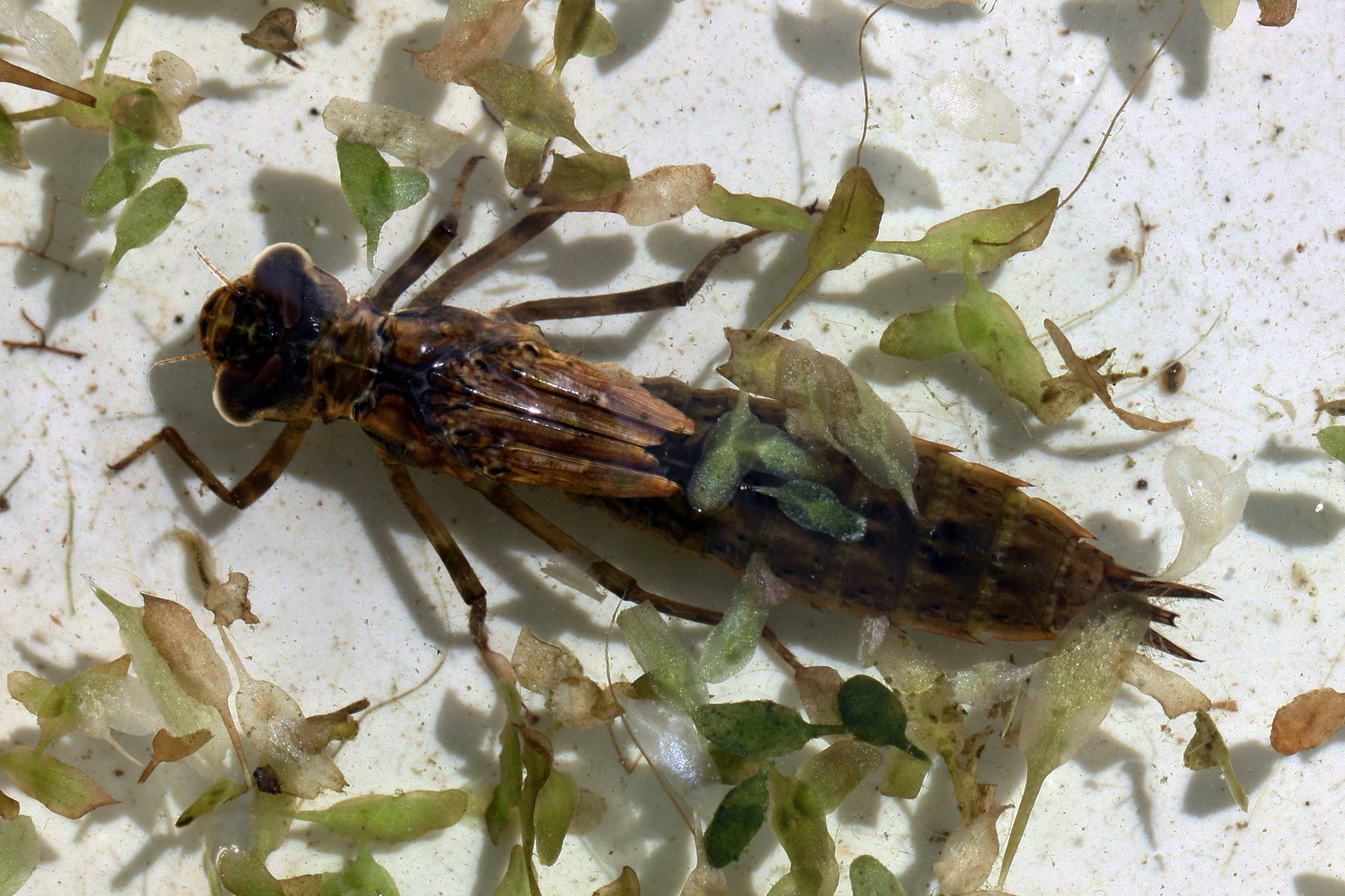
Recent research suggests that young insects had to grow larger to avoid oxygen poisoning, with scientists theorizing that it’s not just because oxygen affects the adults but because oxygen has a bigger effect on larvae, so a larval perspective might lead to a better understanding of why these animals existed in the first place. The larvae of many ancient insects passively absorbed oxygen from water and were not able to regulate their oxygen intake very well – a big danger when oxygen levels were so high, with one way to decrease the risk of oxygen toxicity being to grow bigger, since large larvae would absorb lower percentages of the gas relative to their body sizes than small larvae.
This toxic oxygen theory helps explain why giant insects persisted even as oxygen levels began declining. The new theory could also explain why giant insects continued to exist even after Earth’s atmospheric oxygen levels began decreasing, because if oxygen actively drove increases in body mass to avoid toxicity, lower levels would not be immediately fatal, although in time, they would probably diminish performance of the larger insects since adults would have evolved to require more oxygen and would get sluggish in air with lower levels.
The End of an Era: When Birds Took Flight
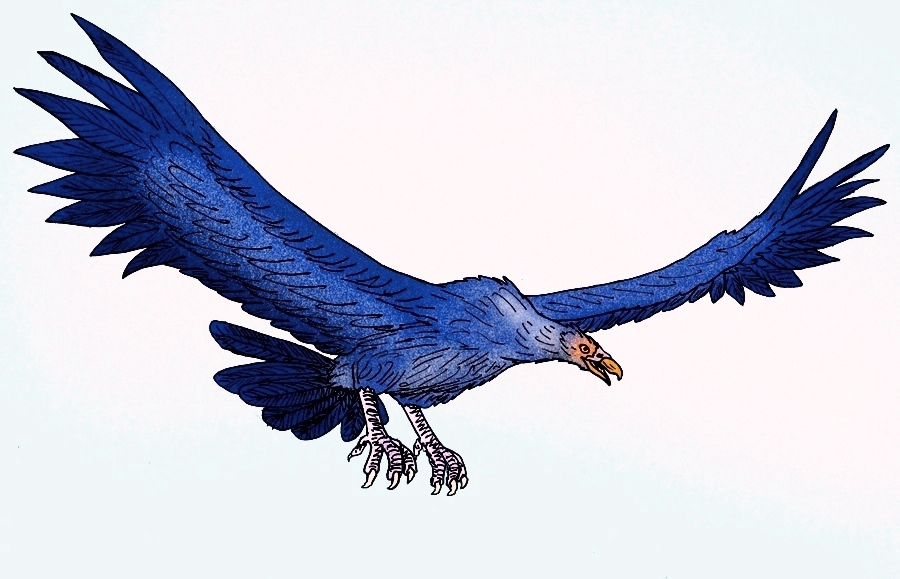
After the evolution of birds about 150 million years ago, insects got smaller despite rising oxygen levels, with insects having reached their biggest sizes about 300 million years ago during the late Carboniferous and early Permian periods, the reign of the predatory griffinflies, giant dragonfly-like insects with wingspans of up to 28 inches (70 centimeters). Another theory as to why griffinflies came to be so large is that there were no aerial predators around to eat them, but that changed when birds evolved from dinosaurs and started to prey upon them – at this point these dragonfly-like insects had to become smaller and faster to escape being eaten.
The arrival of birds created an entirely new evolutionary pressure. Giant insects, no matter how well-supplied with oxygen, suddenly found themselves on the menu of agile, warm-blooded predators that could outmaneuver them in three-dimensional space. Size became a liability rather than an advantage when faced with aerial hunters equipped with sharp talons and beaks.
Beyond Dragonflies: A World of Giants
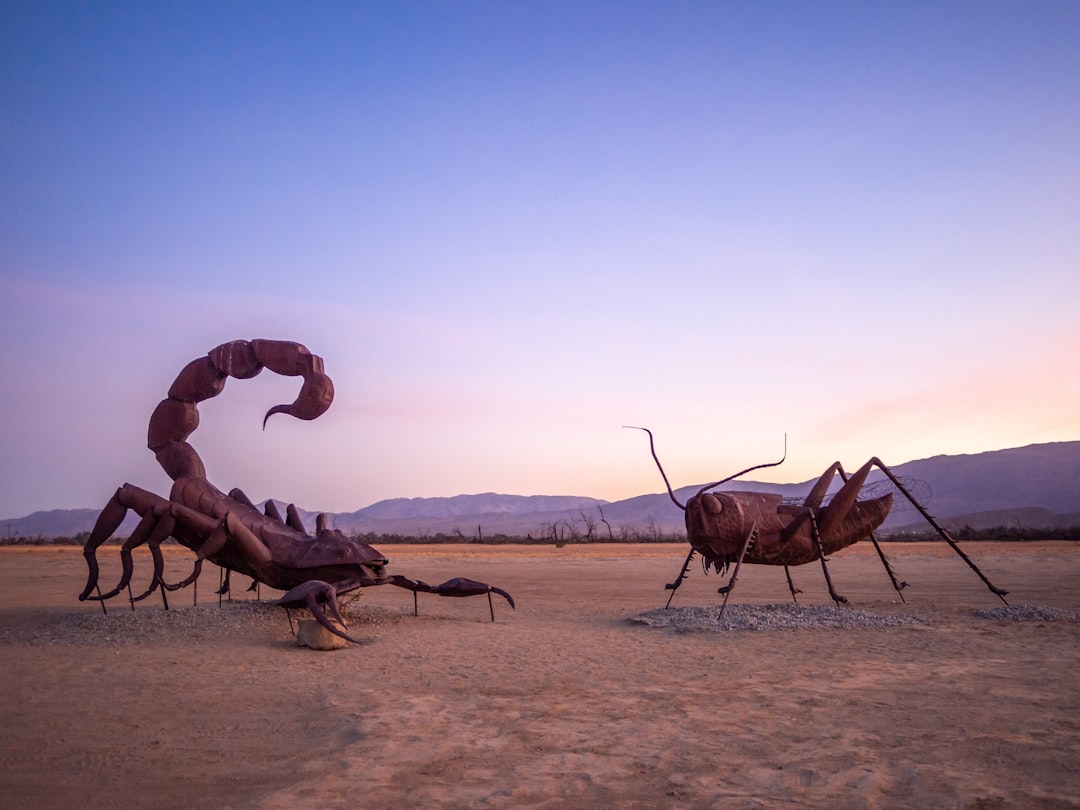
Dragonflies weren’t the only invertebrate to be supersized in the Carboniferous Period, as there were also massive millipedes, supersized scorpions and colossal centipedes, including the giant millipede Arthropleura armata that lived in what’s now Scotland and North America and grew up to 2.6 metres long, making it the largest arthropod to have ever lived on Earth. Other terrifying creatures included deadly poisonous centipedes some six feet (two meters) in length that crawled in the company of mammoth cockroaches and scorpions as much as three feet (one meter) long.
This wasn’t just about individual species getting larger – it represented a fundamental shift in how ecosystems functioned. The entire food web was scaled up, with predators and prey locked in an arms race of increasing size. Scientists suggest that the lack of aerial vertebrate predators allowed insects to evolve to maximum sizes during the Carboniferous and Permian periods, perhaps accelerated by an evolutionary “arms race” for increase in body size between plant-feeding insects and their predators.
Lessons from Ancient Air: What This Means Today
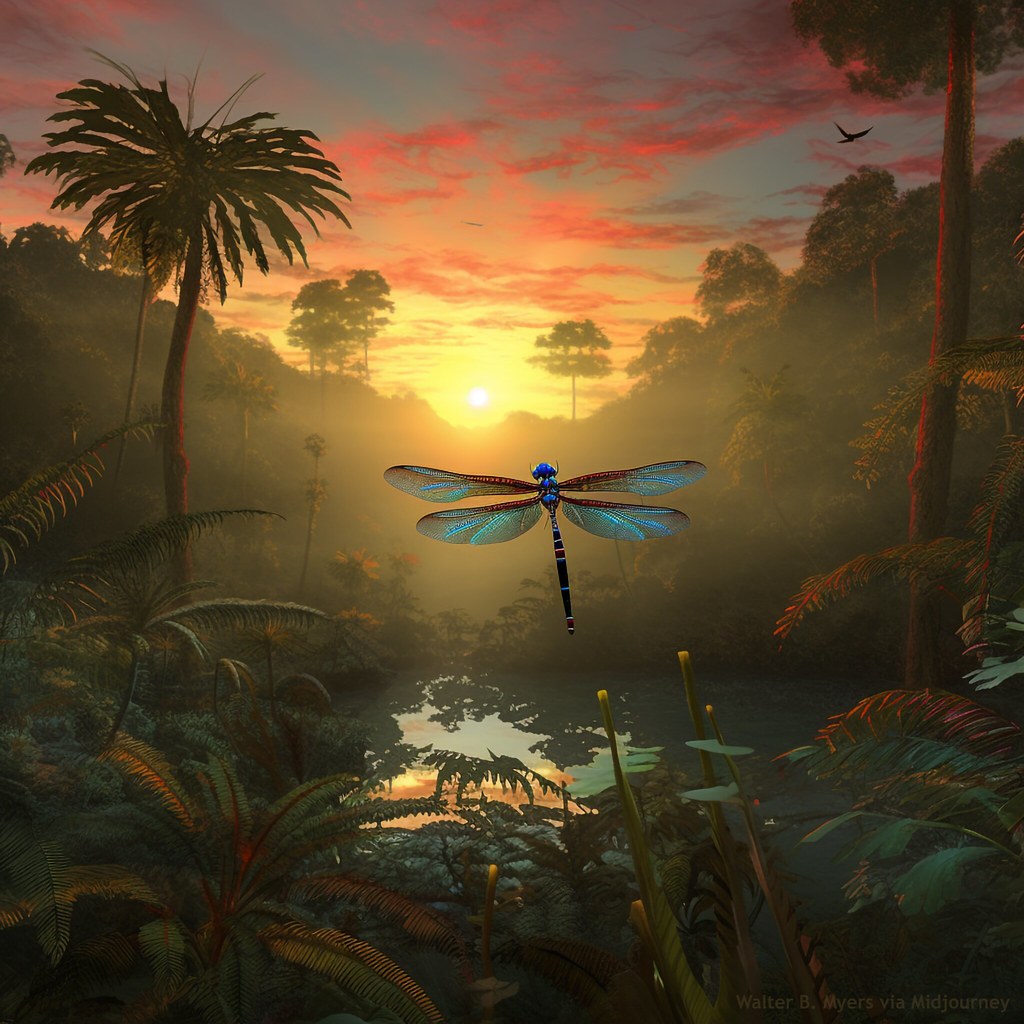
Modern experiments show that if dragonflies can fly better in high-oxygen air, then presumably larger dragonflies that could not generate enough lift to become airborne at all in today’s thin air would have been able to fly in the postulated oxygen-rich mix of the Carboniferous, meaning the ancient dragonflies really were only able to fly, and so survive, in an oxygen-rich atmosphere. Raising the oxygen content from 21 to 30 or even to 50 percent increased the metabolic rate of modern dragonflies, which means that in today’s atmosphere, dragonfly flight is limited by oxygen insufficiency.
These findings have profound implications for understanding how environmental changes drive evolution. The giant dragonflies serve as a reminder that Earth’s atmosphere has never been static, and that life has continually adapted to these changing conditions. They also highlight how interconnected biological and geological processes can be – the rise of forests led to oxygen increases, which enabled giant insects, which were eventually controlled by the evolution of birds.
Conclusion
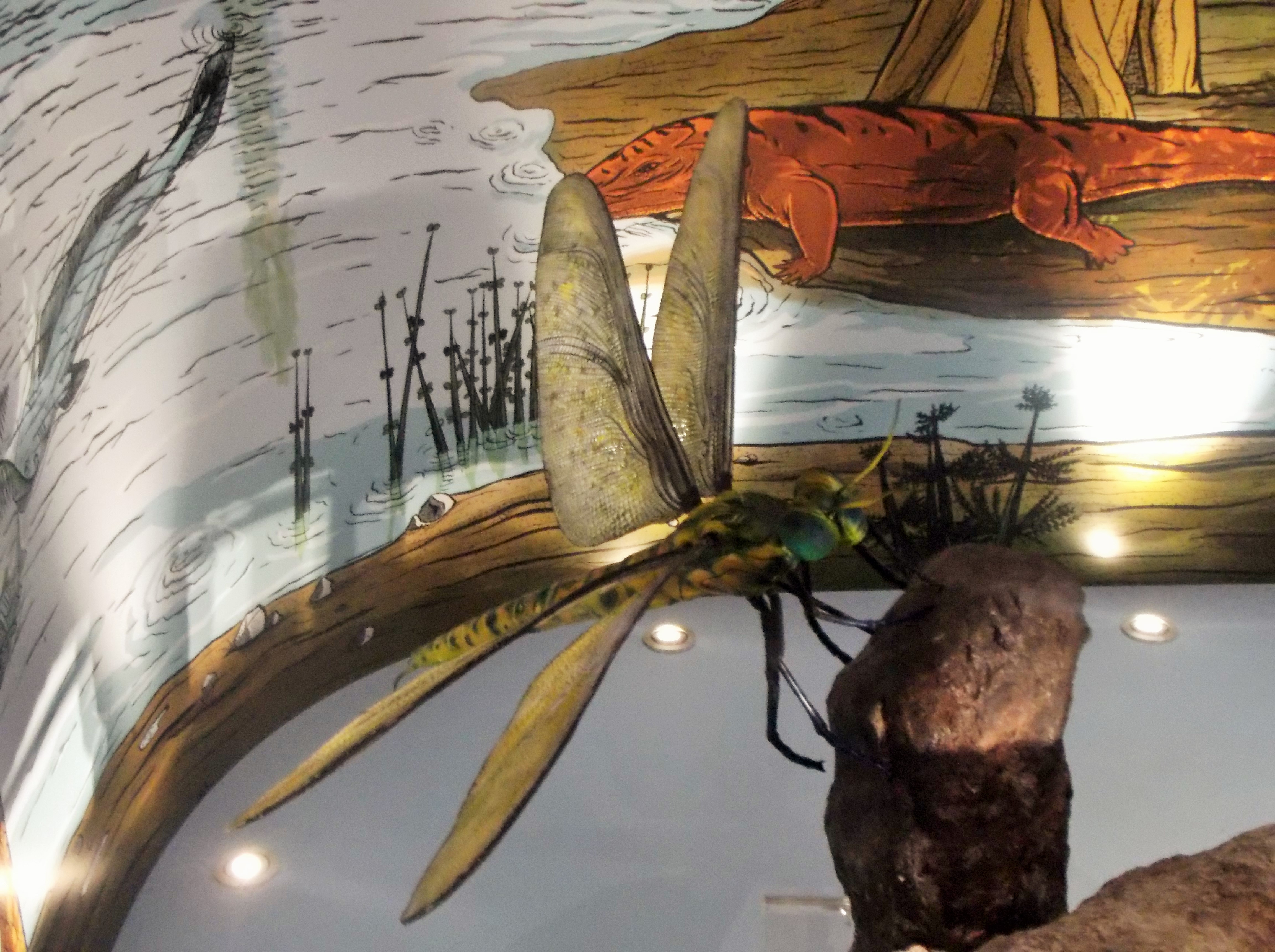
The giant dragonflies of the Carboniferous period offer us a remarkable window into Earth’s atmospheric history. They remind us that our planet’s air hasn’t always been the same mixture we breathe today, and that dramatic environmental changes can lead to equally dramatic evolutionary responses. These ancient aerial giants prove that size limitations we take for granted today were once overcome by the simple presence of more oxygen in the air.
Perhaps most fascinating of all, these prehistoric dragonflies show us how life and environment shape each other in unexpected ways. The very forests that produced the oxygen these giants needed eventually gave way to coal deposits that we burn today, returning that ancient carbon to our atmosphere once again. What do you think our current atmospheric changes might reveal to scientists 300 million years from now?

